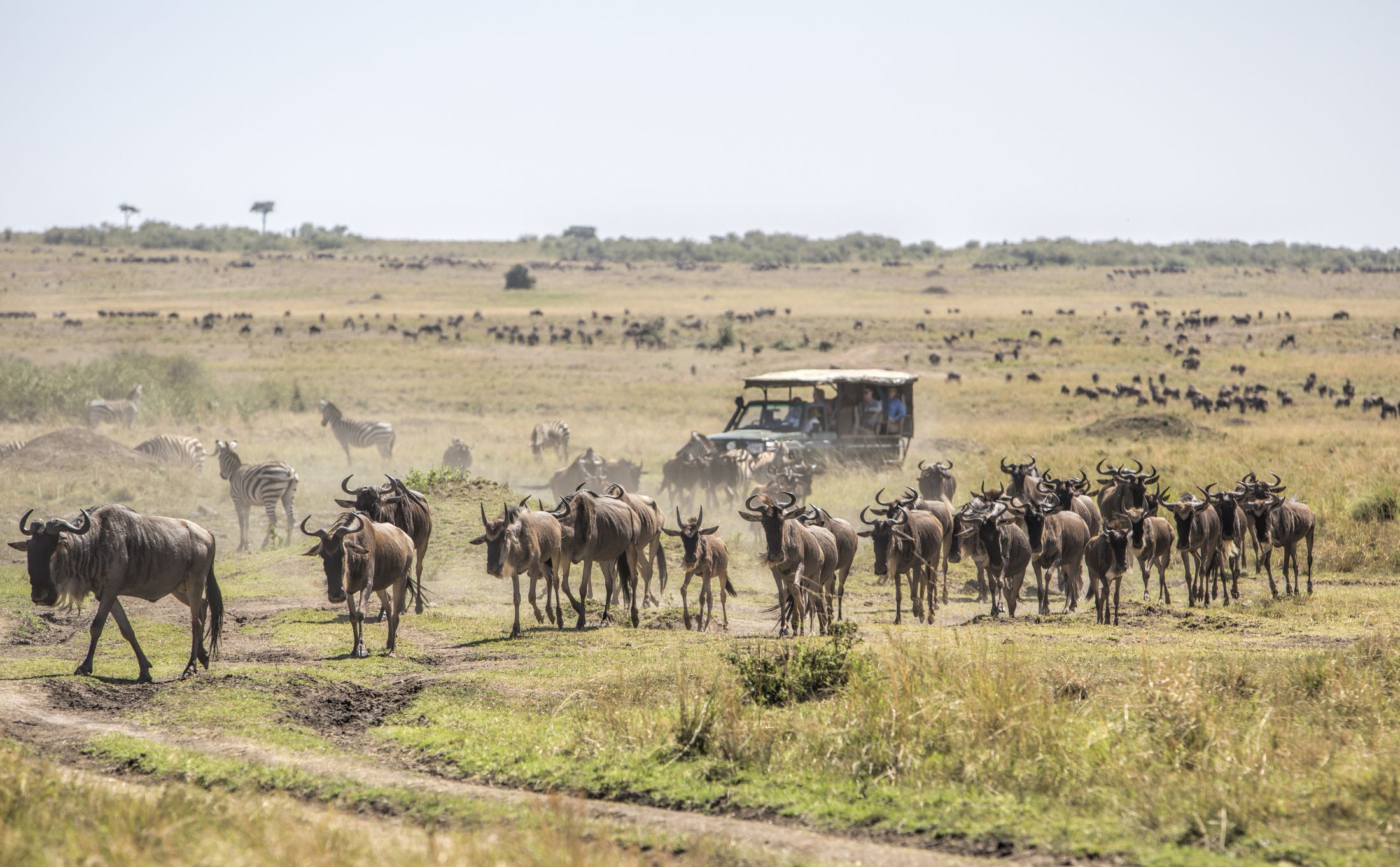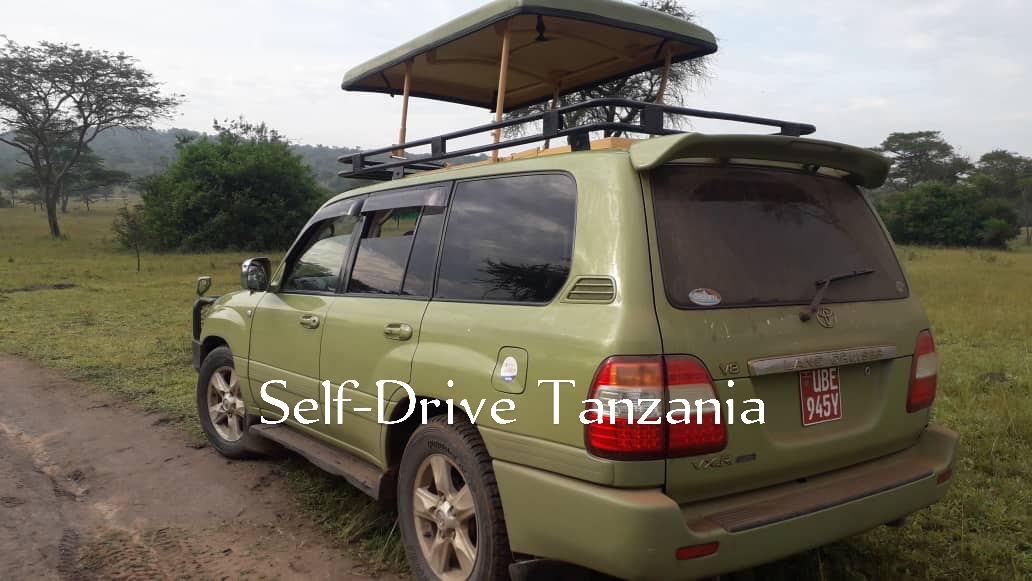Katavi National Park is a Tanzanian national park created in 1974 and is located in Katavi Region, Tanzania. It is a very remote park that is less frequently visited than other Tanzanian national parks.
The park is approximately 4,471 square kilometers in area, which makes it the third-largest national park in Tanzania. The park encompasses the Katuma River and the seasonal Lake Katavi and Lake Chada floodplains.
Wildlife features include large animal herds, particularly of Cape Buffalo and elephant, plus along the Katuma River, crocodiles and hippos which upon annual dry seasons results in mudholes that can be packed with hundreds of hippos.
Some sources claim very high biodiversity in the park, although there are also reports of wildlife decline due to illegal hunting and poaching, presumably ‘bushmeat’ sustenance.
In general, what is a probably the most noteworthy feature of Katavi versus other Tanzania parks is that it lacks human visitors and jeeps conducting game drives.
Once in Katavi, Tanzania’s third-largest national park won’t disappoint you. Two enormous plains of knee-high golden grass Chada and Katasunga dominate the park, surrounded by varied woodlands and a usually abundant amount of game.
Popular Safaris in Tanzania
Katavi National Park is at its best in the dry season, when the plains fill with thousands of zebra, topi and impala. Hartebeest, giraffe, and Defassa waterbuck are also very common, there’s a large population of resident elephants, and some impressive herds of buffalo.
Katavi is a great park for watching lion-buffalo interactions. Spotted hyena are frequently seen, whilst leopard appear on the woodland fringes, but are more elusive. Wild dog do live here, but tend to stick to the escarpment and are rarely seen on the plains.
During the dry season, the Katuma and Kapapa rivers are the only water for miles. As the game files down to drink, hundreds of hippo congregate in the tiniest waterhole and enormous crocodiles sit out the heat in river-bank mud-holes.
Katavi hosts large flocks of open-billed and saddle billed storks, spoonbills, crested cranes and pink-backed pelicans. Raptors are plentiful whilst the woodlands of the national park are home to species as diverse as African golden orioles, paradise fly catchers and pennant winged nightjars.






